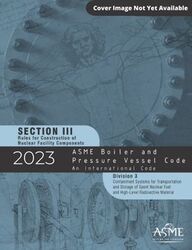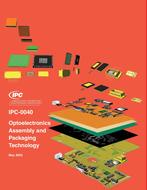
ACI 544.8R – Report on Indirect Method to Obtain Stress-Strain Response of Fiber-Reinforced Concrete (FRC)
Development of proper design procedures for fiber-reinforced concrete (FRC) materials requires use of material tensile and compressive stress strains that reflect the contribution of fibers to the post-cracking behavior. While uniaxial tension tests provide the most fundamental material properties, conducting closed-loop tension tests are difficult to accomplish; therefore, methods based on indirect measurement of tensile properties using flexural tests are typically used.
This report presents the methodologies that are used for data reduction and presentation of the flexural test results in terms of an equivalent tensile stress-strain response for FRC materials. Existing methods for estimating uniaxial tensile stress-strain response of strain-softening and hardening FRCs from flexural beam-test data are introduced. Different approaches applied to beam tests based on elastic equivalent, curve fitting, or back-calculation of flexural data are introduced. These are divided into two general categories: elastic equivalent approach or inverse analysis method. In the elastic equivalent approach, a summary of available test methods by various code agencies are presented.
Using back-calculation methods, tools based on the finite element method and analytical closed-form solutions are presented. An approach is presented that uses closed-form moment-curvature relationships and obtains load-deflection responses for a beam of three- or four-point loading. The method is used to obtain equivalent parametric tensile stress and strain relationships for a variety of FRC materials. The methods are compared against the available residual strength and also elastically equivalent residual strengths obtained by different specimen geometries.
Results for a range of FRC materials studied show the back-calculated post-peak residual tensile strength is approximately 30 to 37 percent of the elastically equivalent flexural residual strength for specimens with different fiber types and volume fractions.
Keywords: fiber-reinforced concrete; inverse analysis; tensile stress-strain diagram.
Product Details
- Published:
- 03/01/2016
- ISBN(s):
- 9781942727729
- Number of Pages:
- 28
- File Size:
- 1 file , 4.8 MB
- Note:
- This product is unavailable in Russia, Ukraine, Belarus




